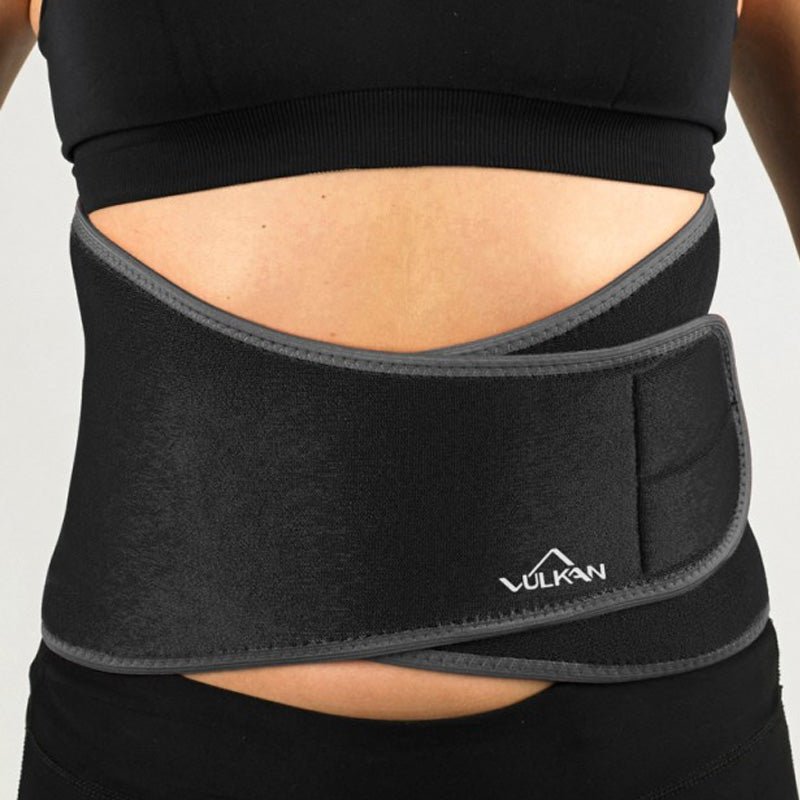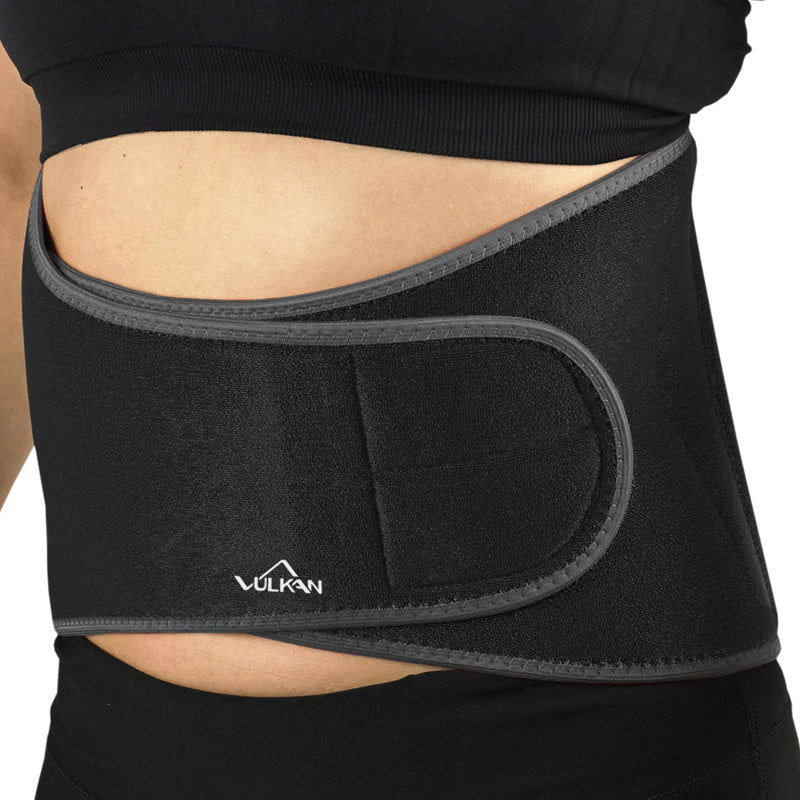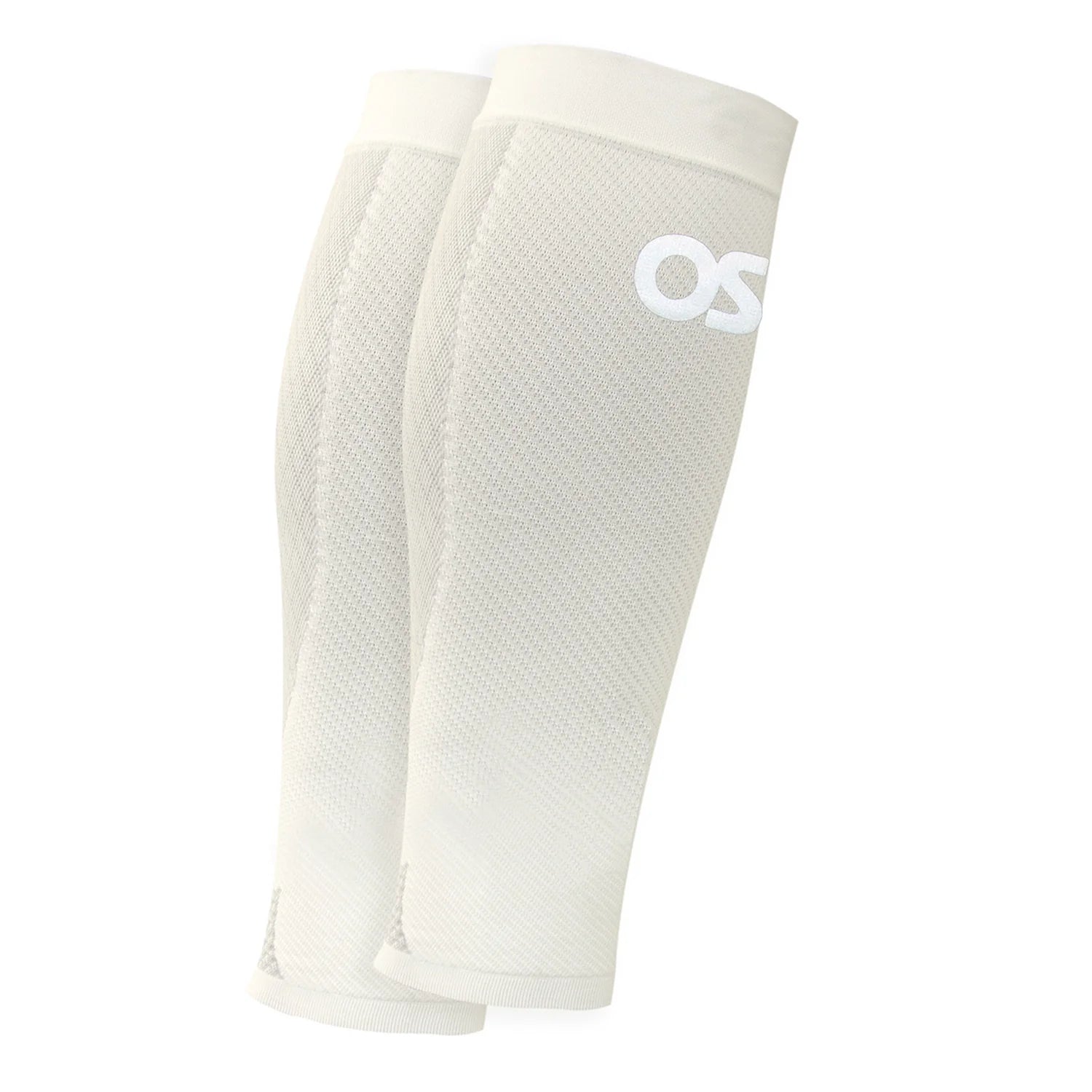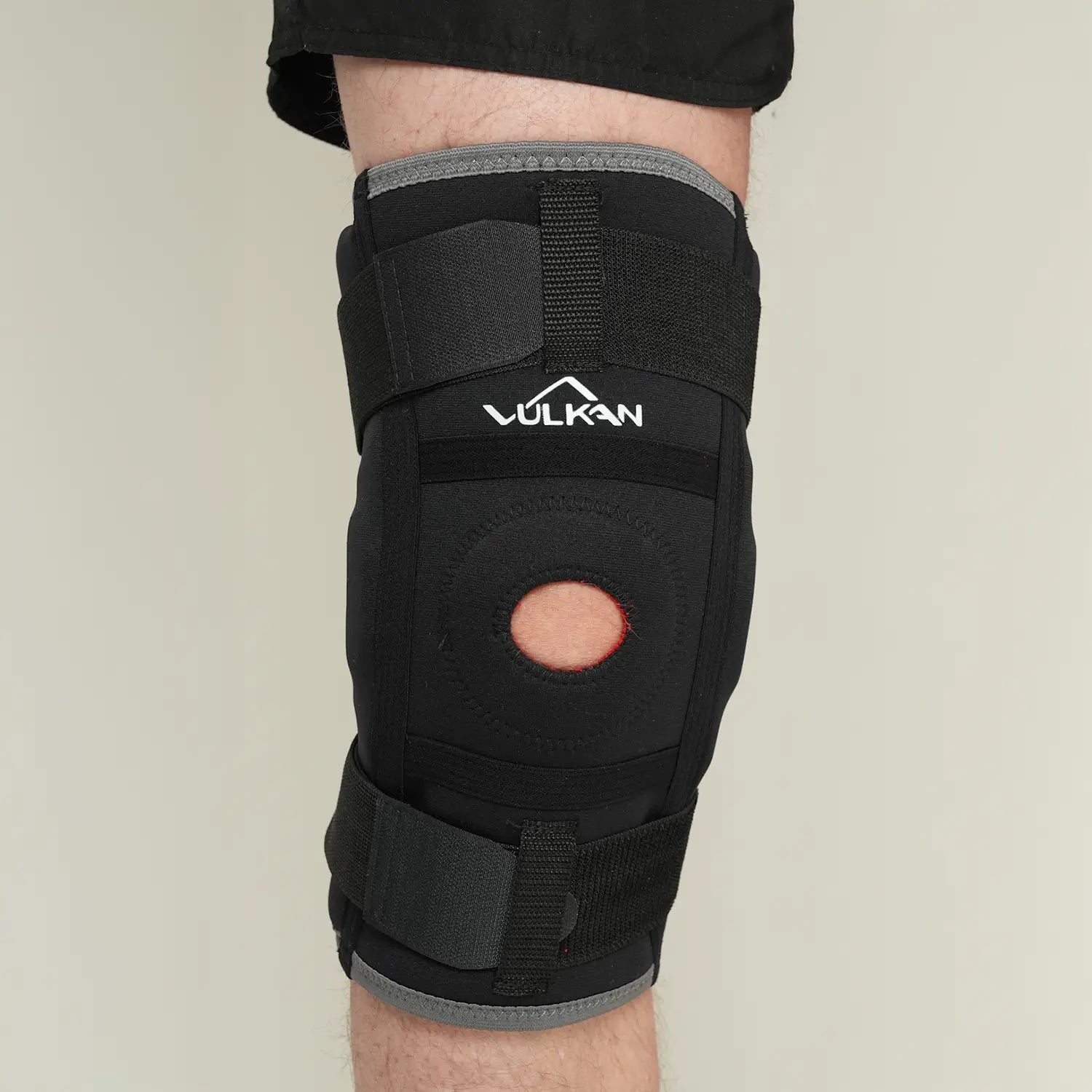
Bad posture
Content description
Poor posture is a common problem that can affect both the function and appearance of the body. It often develops gradually and can lead to pain, stiffness and fatigue in muscles and joints. Understanding the causes and taking action in time is important to prevent long-term problems.
Symptoms of poor posture
Common symptoms include:
- Pain in the thoracic spine and/or neck
- Feeling of fatigue in the back muscles
- Headache, often tension-related
- Stiffness and local tenderness in muscles and tendon attachments
Causes of poor posture
Several factors can contribute to the development of poor posture. Sitting for long periods of time, especially in front of computers or cell phones, is a common cause. Lack of physical activity and weak back and abdominal muscles can also lead to the body not being able to maintain a correct position. Other factors include incorrect working postures, injuries or diseases that affect the muscles and bones, and genetic factors that affect the structure of the body.
Treatment of poor posture
Improving posture often involves a combination of awareness, exercise, and sometimes the use of assistive devices. Regular strength training, especially of the back and abdominal muscles, can help support better posture. Stretching the chest muscles and hip flexors can also be beneficial. Ergonomic adjustments in the workplace, such as the correct height of the desk and chair, as well as regular breaks to change positions, are important. In some cases, the use of posture vests or other orthopedic aids can be helpful in reminding the body of the correct position.
Preventive measures
To prevent poor posture, it is important to be aware of your body position throughout the day. Changing positions regularly, taking breaks from sedentary work, and incorporating physical activity into your daily routine can make a big difference. Strengthening your core muscles and paying attention to ergonomics in different environments, such as the workplace and home, are also important steps to maintaining good posture.
Recommended products
How do I know if I have bad posture?
If you often feel pain or fatigue in your back, neck or shoulders, or if you notice that your body is leaning forward or your shoulders are rounded, these may be signs of poor posture.
Can poor posture lead to other health problems?
Yes, over time, poor posture can contribute to chronic pain, reduced mobility, and other musculoskeletal problems.
How long does it take to improve posture?
The time varies depending on the individual and effort, but with regular training and awareness, improvement can be noticed within a few weeks to months.
Are posture vests effective?
Posture vests can be a tool to remind the body of correct position, but should be used in conjunction with exercise and other measures for best results.











